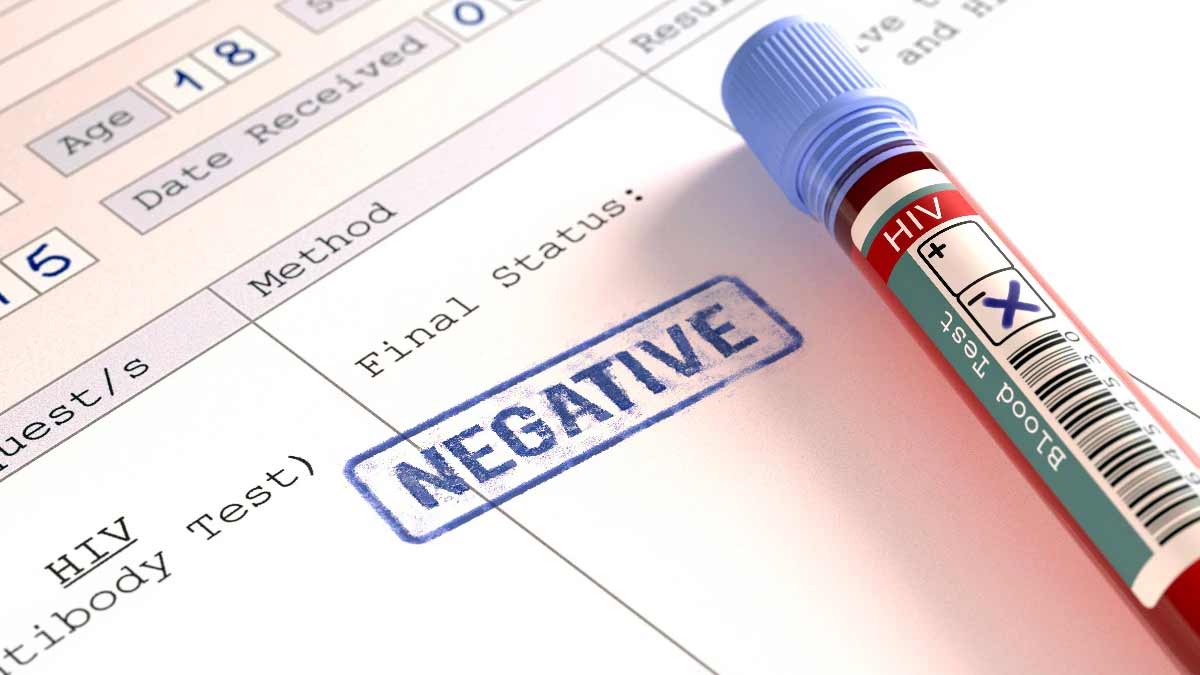-1732786830105.webp)
A recent study published in The Lancet has brought encouraging news about the global fight against HIV and AIDS. Over the last decade, the world has witnessed a remarkable 20% decrease in new HIV infections and a 40% drop in AIDS-related fatalities. These statistics reflect the tremendous strides made in prevention, treatment, and awareness. Yet, the journey towards the United Nations' ambitious goal of eradicating AIDS as a public health threat by 2030 remains steep and fraught with challenges.
Table of Content:-
Ongoing Challenges Despite Progress
In 2023 alone, 1.3 million new HIV cases were recorded—more than three times the target needed to achieve the 2030 objective. Additionally, nearly 25% of the estimated 40 million individuals living with HIV are not receiving treatment, underscoring significant gaps in access to care.
While sub-Saharan Africa has experienced the most substantial improvements, certain regions such as Eastern Europe and the Middle East have reported an alarming increase in new infections. This disparity highlights the uneven distribution of resources and efforts globally.

India’s Approach: A Beacon of Hope
India has emerged as a leader in HIV control, showcasing a 44% reduction in annual HIV infections since 2010, as announced by Union Minister of State for Health Anupriya Patel. The country is in the midst of its fifth phase of the National AIDS and STD Control Programme (2021–2026), which is fully funded by the government. This initiative underscores the importance of sustained investment and policy focus in combating HIV.
Also Read: IIT-Kanpur’s Seven-Year Study Unveils Alarming Pollution Trends In Delhi
Innovative Prevention Strategies
Preventive measures have been instrumental in curbing HIV transmission. Pre-Exposure Prophylaxis (PrEP), a daily pill regimen, has proven to reduce the risk of HIV infection from sexual contact by 99%. Several countries, such as France, are broadening access to PrEP, offering it to all at-risk individuals rather than limiting it to specific groups.
Antiretroviral therapy (ART) remains a cornerstone for those already living with HIV. By suppressing the virus to undetectable levels, ART not only improves patients' quality of life but also drastically reduces transmission risks. However, access to such therapies is uneven, with wealthier nations reaping greater benefits while poorer countries struggle due to financial and logistical barriers.
A Promising New Drug: Lenacapavir
A groundbreaking development in HIV treatment has been the introduction of lenacapavir. This innovative drug requires just two injections per year, offering a simpler and more discreet alternative to daily pill regimens. Early trials have shown lenacapavir to be 100% effective in preventing HIV.
Despite its promise, lenacapavir’s high price—approximately $40,000 per person annually in some regions—poses a significant obstacle. Researchers argue that the drug could be produced for as little as $40, calling for pharmaceutical companies to make it affordable for lower-income nations.
To address this issue, Gilead, the drug's manufacturer, has collaborated with six generic drugmakers, including India-based firms like Dr Reddy’s Laboratories and Emcure Pharmaceuticals, to distribute the treatment in select countries. However, critics have noted that millions of people living with HIV reside in nations excluded from this agreement.
The twice-yearly injection is also seen as a tool to combat the stigma associated with HIV, making treatment less visible and more accessible.
The Quest for a Vaccine
While progress in treatment options like lenacapavir is significant, the absence of an effective vaccine remains a glaring gap. For decades, researchers have sought to develop a vaccine for HIV, but success has been elusive. Some experts compare the impact of lenacapavir’s effectiveness to that of a vaccine, offering a glimmer of hope for the future.
Bottomline
With the 2030 deadline looming, experts emphasize the need for global collaboration to bridge gaps in treatment access and affordability. Investments in innovative treatments, expanded preventive measures, and education campaigns are essential to achieving the goal of ending AIDS as a public health threat.
While significant progress has been made, the fight against HIV and AIDS requires sustained commitment and equitable resource allocation to ensure no one is left behind. As the world races against time, the focus must remain on translating scientific advancements into widespread, affordable solutions for all.
Also watch this video
How we keep this article up to date:
We work with experts and keep a close eye on the latest in health and wellness. Whenever there is a new research or helpful information, we update our articles with accurate and useful advice.
Current Version